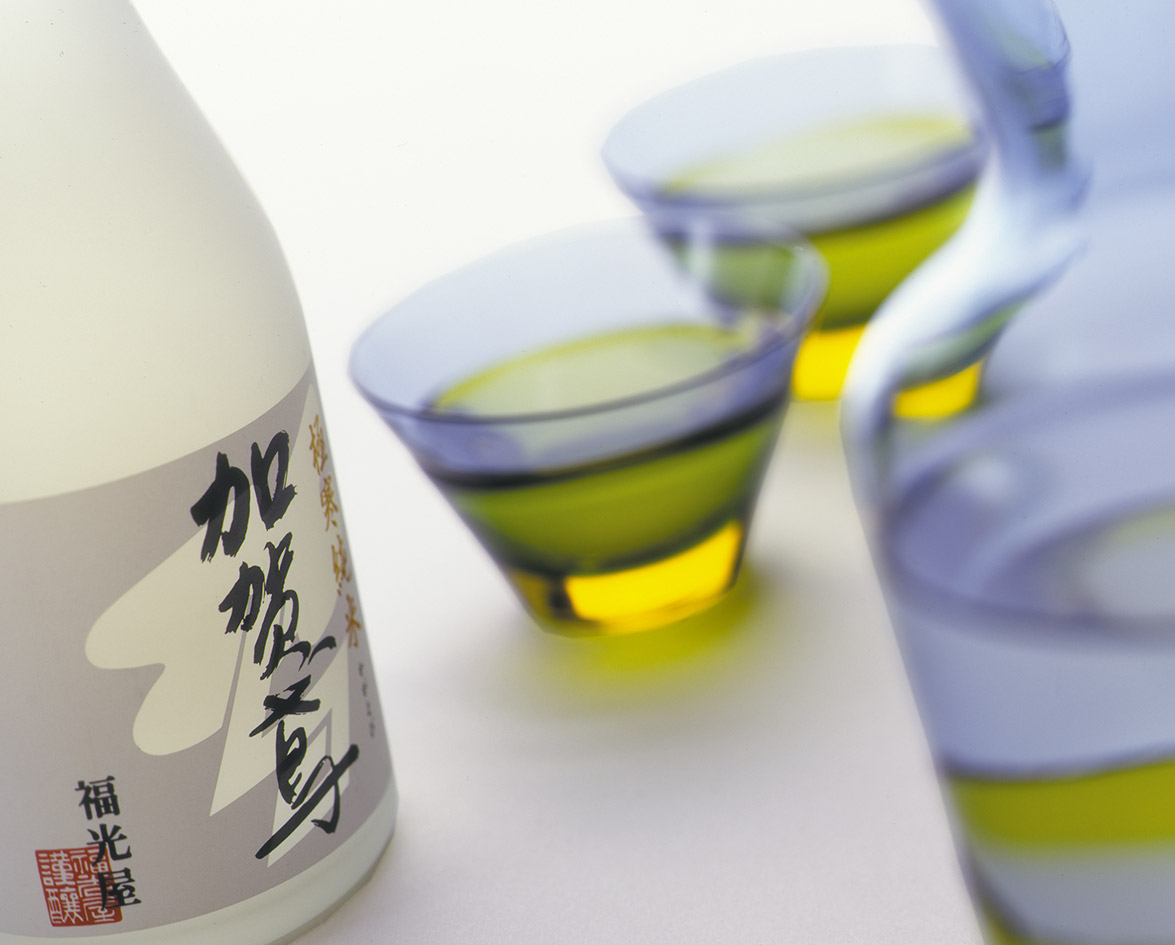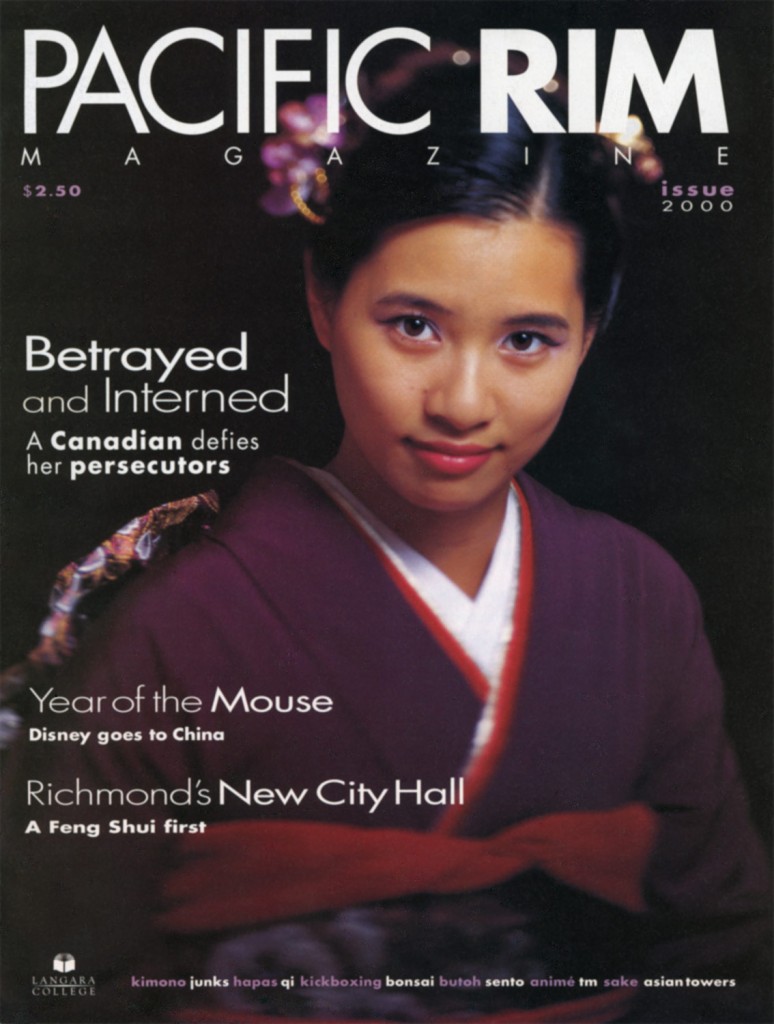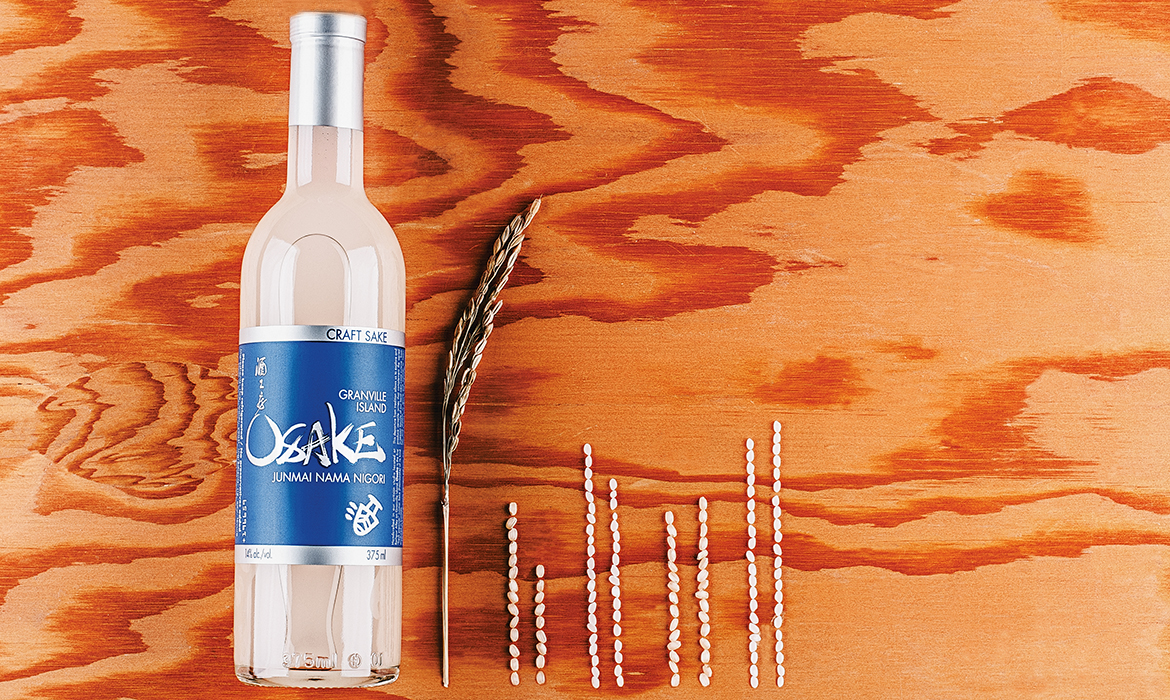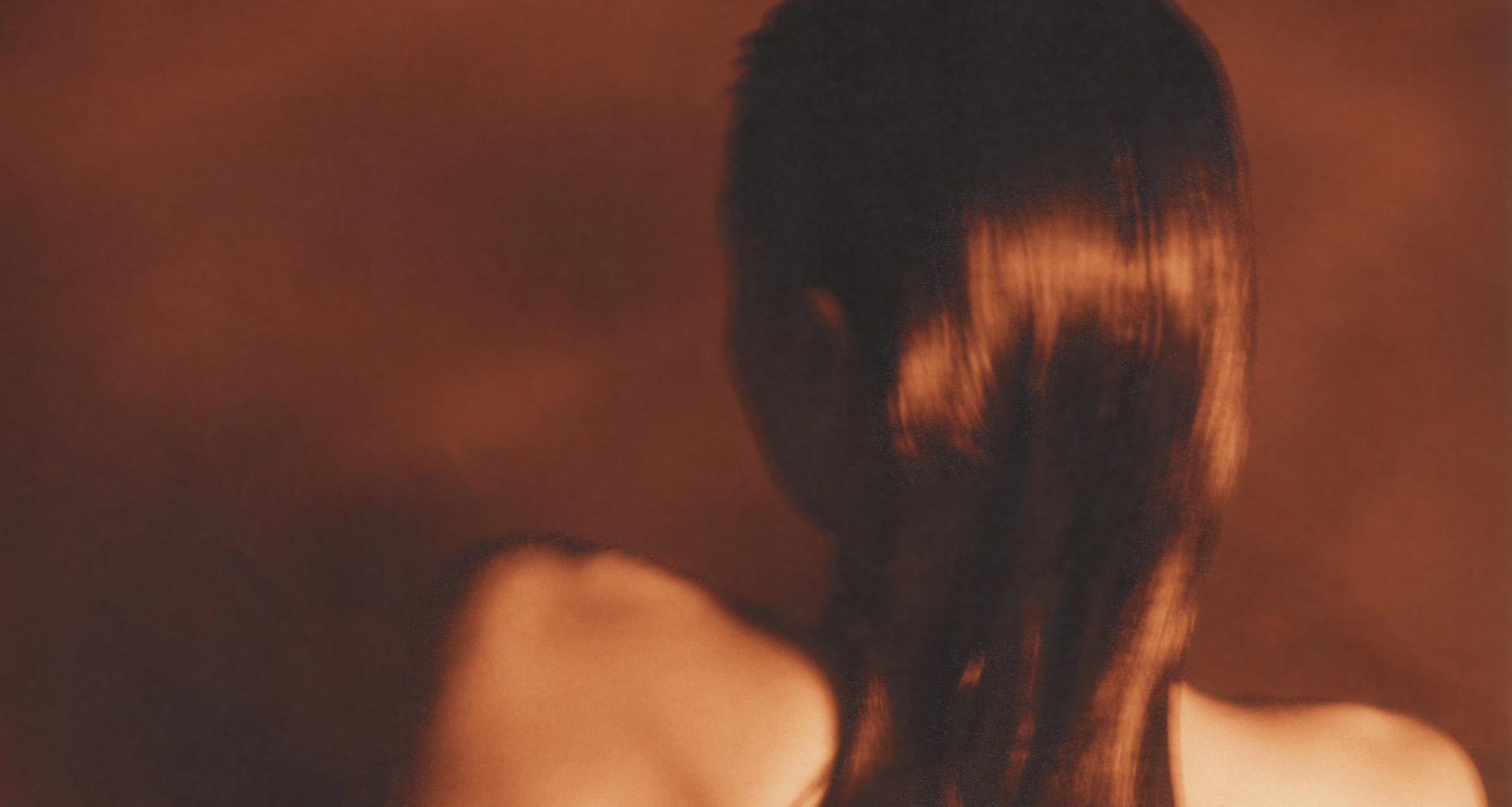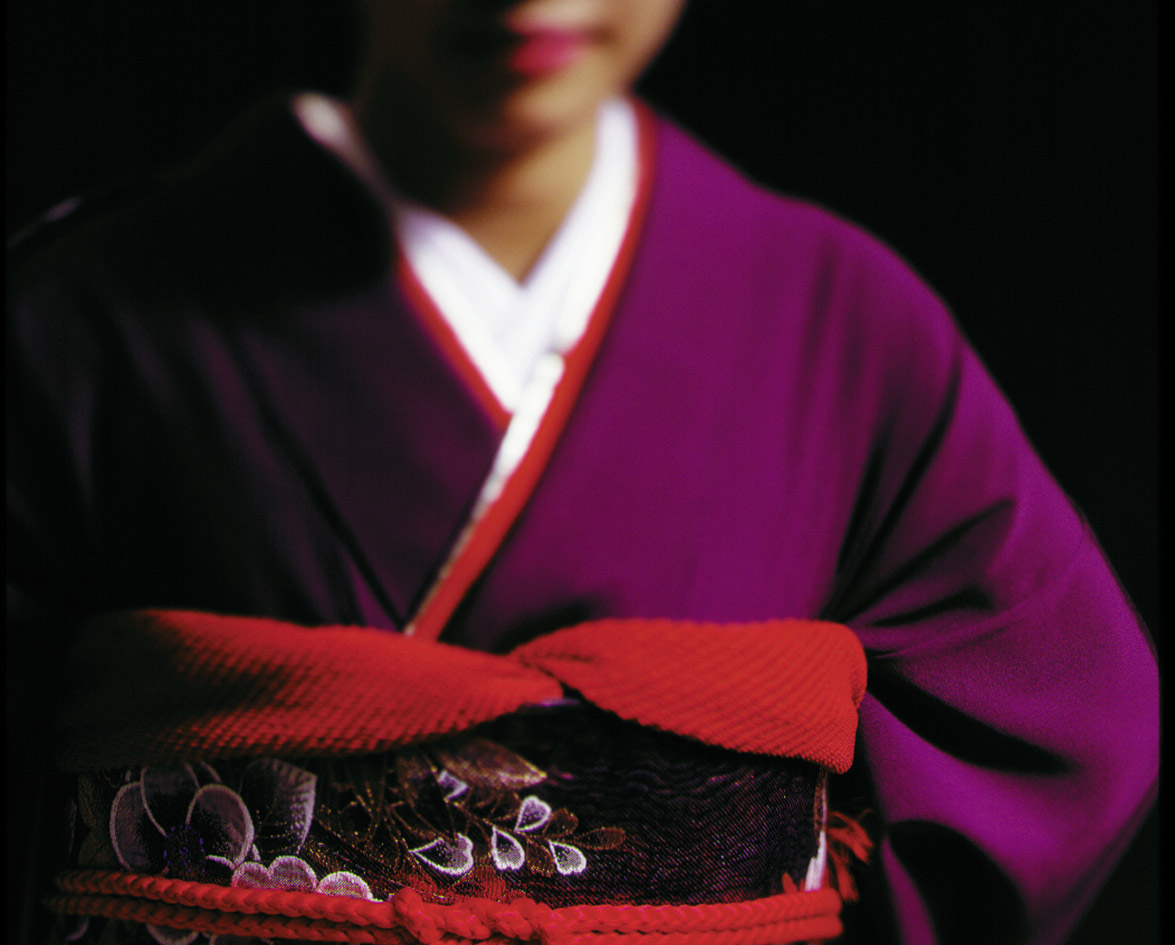Sake, Japan’s national drink, has undergone something of a renaissance over the past decade. Today’s toji (master sake brewer) combines old world methods with cutting-edge technology to create the finest sake ever produced. Improved quality has spread the sake renaissance outside Japan as well, as sommeliers at world-class restaurants in New York and San Francisco suggest “the smiling liquor” to thirsty patrons. Even Martha Stewart, that doyenne of restrained chic, included a premium sake segment in a recent episode of her popular television show. In Vancouver, however, the joys of premium sake are practically unknown.
Traditionally Sake Is Served Warm
Of those Vancouverites who have sipped sake, many vaguely recall an endless procession of tiny cups filled with steaming liquid of indeterminate taste. They may also vividly recount the following morning—their heads ringing as though a tiny jackhammer had drilled its way into their skulls.
Others fondly recall sake as part of an exotic ritual, complete with darling, thimble-like cups and ceramic decanters constantly raised for toasts or refills. Still others have sworn off it—usually after one taste—as a terrible brew, strong and noxious. Charming or toxic, most locals are sure of one thing: sake is served hot. Indeed, they might be shocked at the suggestion they try their next cup cold.
Premium Sake Is Drunk Cold
Nevertheless, it’s true. To truly experience the surprising pleasures of good sake, the fruit of the toji’s long hours of work, it must be drunk cold. However, you shouldn’t try just any sake cold: most sake delivered piping hot to tables in the average sushi bar would taste awful if chilled. In fact, heat makes a lower quality sake palatable. What we’re discussing here is premium sake—junmai, ginjoshu and daiginjo sakes.
Of course, this doesn’t mean you can’t ever heat sake—warm sake is a fine comfort on a cold winter’s night. Just know it’s analogous to mulling wine—don’t do it to the good stuff. If sake must be heated, then place the bottle in a pot of heated—not boiling—water, and heat only until vapour forms over the sake’s surface. But for high-quality sake, heating is definitely déclassé. In fact, Luisa Deziel-Baker of That’s Life Gourmet, a distributor for several premium sake brands in Western Canada, compares heating ginjoshu to warming Chardonnay. It’s barbaric.
Is It A Wine Or A Spirit?
Speaking of Chardonnay, some wonder whether sake is a wine or a spirit. It’s neither. While sake is commonly misidentified as a wine by westerners, it is in fact, a type of non-carbonated beer that’s brewed, rather than vinted like wine. Another misconception is that sake is a strong liquor, similar to vodka or whiskey. At 15 per cent alcohol by volume, sake is the strongest non-fortified fermented beverage around, but it’s not much stronger than many wines, which are usually 9–12 per cent alcohol. Nor is it as strong as vodka or whiskey’s 40 per cent. Despite its relatively low alcohol content, heated sake does make its way straight to your head—the vapours inhaled, while sipping a steaming cup, are highly alcoholic.
It also differs from wine in that there is no such thing as “vintage” sake. Some harvests produce finer quality rice, but there are few varieties of sake rice, and yearly variations are far slighter than those in the world of wine. With fine sakes, brewing determines quality. As well, since they are best consumed within a year of bottling, there is no reason to age sake. Sake should be protected from strong light and temperature fluctuations as both adversely affect colour and taste, so it’s wise to store a fine sake in your wine cellar. Just not for too long.
Few Vancouverites have tasted, or even heard of, premium sakes. Even in Japan, premium sakes were virtually unknown until the last few decades as high-quality sakes were originally produced only for national competitions. Then, in the 1970s, computerized polishing techniques made junmai, ginjoshu and even daiginjo brews commercially available. Still, all of the special designation sakes combined account for only one-quarter of Japan’s sake market as of 1999. So yes, heated sake is still common in Japan.
History Of Sake
While commercially produced premium sakes are a recent development, the history of fermented beverages in Japan stretches back 15 centuries or more. A colourful folktale relates sake’s discovery: ancient Japanese observed monkeys placing fruit into tree hollows and then drinking the fermented result called saru-zake, or monkey sake. Folktale aside, it is more likely Korean immigrants, who had acquired the secret of sake from China, brought the drink to Japan in the third century.
Japan’s earliest recorded fermented beverage was kuchikami-zake, or “chewed in the mouth sake.” As the off-putting name suggests, these sakes were produced by chewing various ingredients, including millet, rice and acorns, and spitting them into a large pot which was left to ferment for several days. Apparently, the best kuchikami-zake was chewed by beautiful virgins.
Modern Advancements
Thankfully, sake brewing has advanced since then. Creating the finest modern sakes requires simple ingredients—rice, water, and mash—but a complex and labour intensive process, and one of the most important stages, is the rice polishing. Unlike table rice, sake rice has most of its starch concentrated in the core, with fats, proteins, and minerals in the outermost layers. And while all sake rice is polished, special designation sakes like junmai and daiginjo require rice polished to less than 70 per cent of its original weight. Once polished, the rice is washed and steamed. Water is added, making a mash, which is left to seethe and foam as it ferments. A ginjoshu is left to ferment for a month, compared to two or three weeks for lower quality products.
When the toji determines the right moment, the mash is pressed. The clear sake is poured away, filtered, pasteurized, and diluted. It is then left to mature in tanks for approximately six months, then heat-treated a second time, bottled, and sent off to stores where connoisseurs can enjoy its pure freshness.
And the purer the better. Premium sake’s lack of additives makes it a forgiving drink for the day after. Generally, the better the sake, the smaller the chance of a hangover.
Which is just as well as sake appreciation demands first-hand experience. Get your first bottle of ginjoshu (or, for the flush, a daiginjo) and try a sip of premium sake. While local choices are limited (compared to the thousands of brands available in Japan), fine sake is available in Vancouver, and a wider variety is expected in the future as its popularity increases.
In fact, Bruce MacKenzie, who oversees premium sake sales at the British Columbia Liquor Distribution Branch, reports an increase of 37 per cent in 1999 sales over 1998. And for two years now, the Vancouver International Wine Festival has included sake tasting, raising awareness of premium sake among wine lovers and restauranteurs. Given Vancouver’s abundance of fresh seafood—a natural match for sake’s lighter taste—and close ties to the Pacific Rim, premium sake could well be the next big trend. So go on, Vancouver, warm up to cold sake.
*In 2005, Canada’s first domestic sake maker—Artisan Sake Maker—opened its doors on Granville Island.





